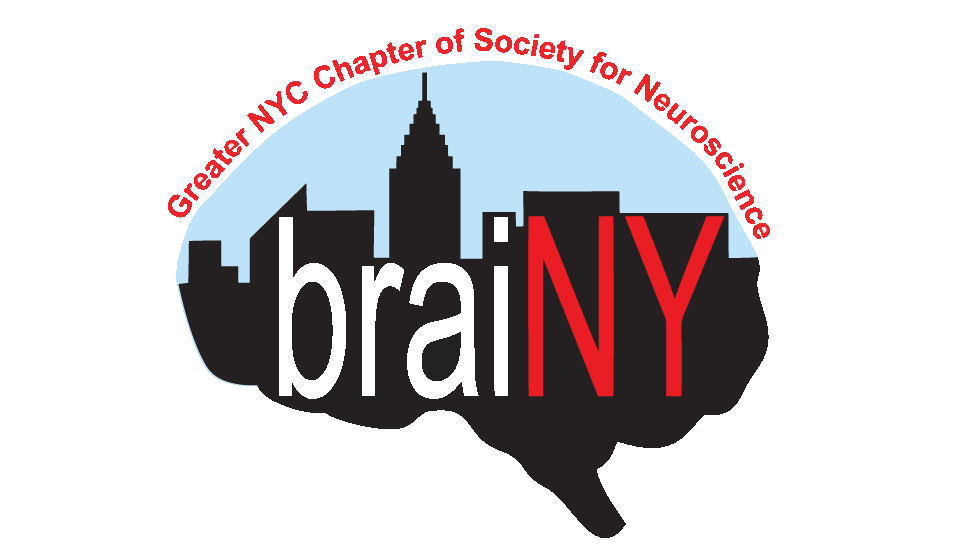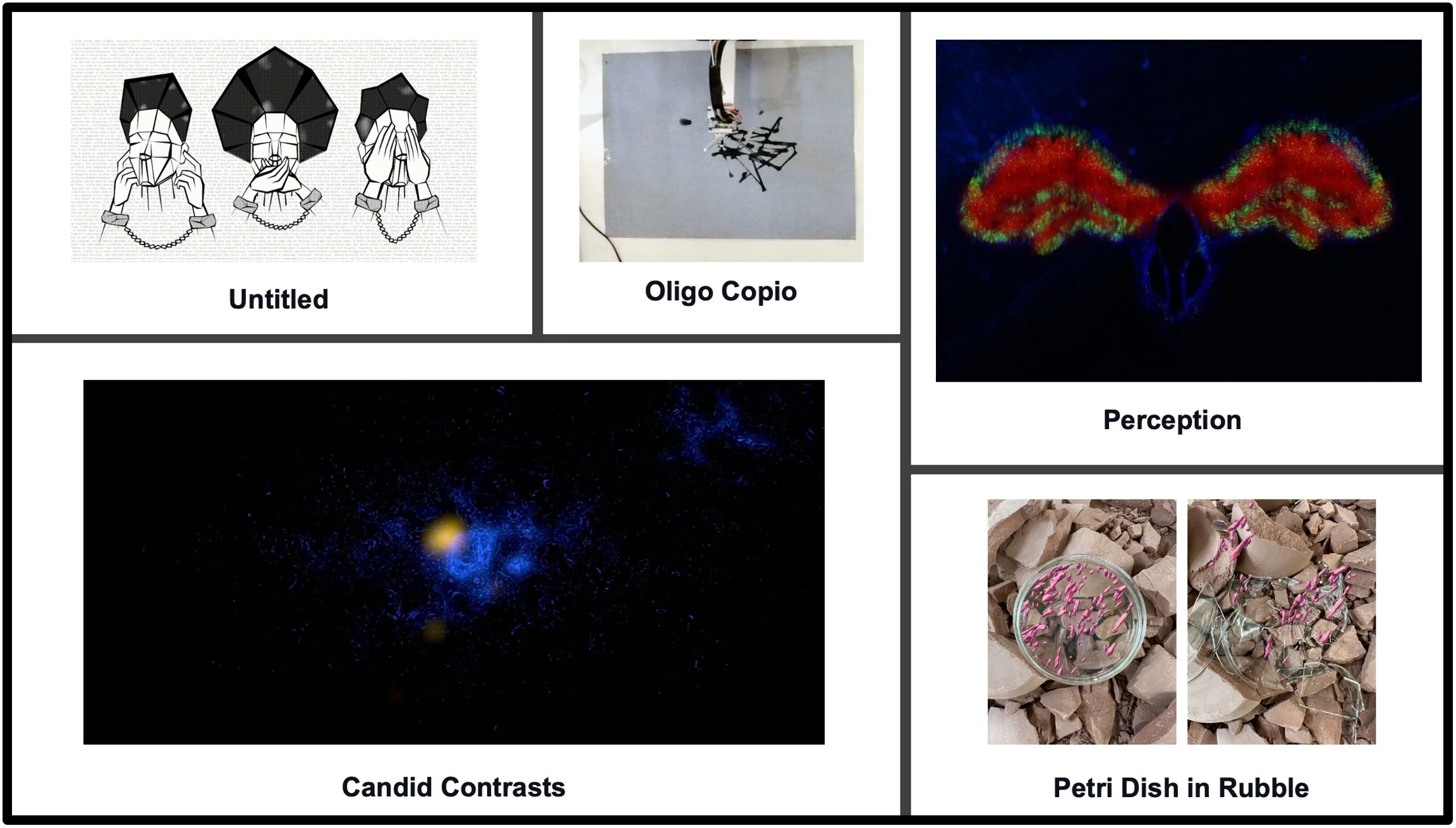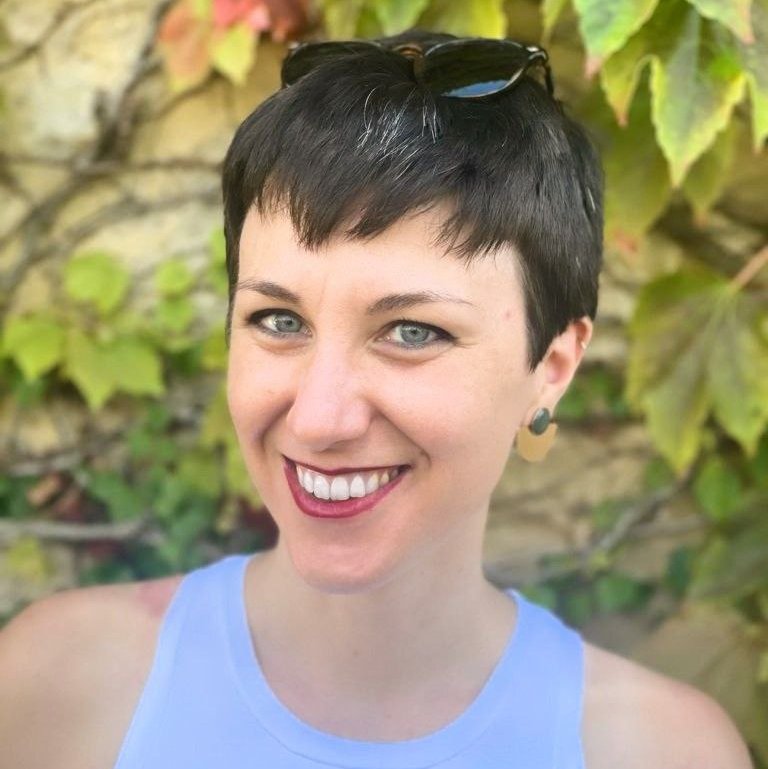Shattering the Perceived Barriers Between Science and Art
By Jasmine Pathan and Arianna Zuanazzi, PhD
Science and art have traditionally been viewed as two distinct disciplines, each uniquely expressing human creativity. When these areas operate in silos, it limits collaboration and mutual expression of human creativity. The emergence of SciArt, a discipline that focuses on the intersection of these fields, challenges these historical boundaries, and fosters interdisciplinary exploration and innovation. It provides new avenues for creativity by combining science and art.
Organized by BraiNY, hosted by Genspace, and supported by grants from The American Society for Cell Biology's Committee for Postdocs and Students (COMPASS) and Sai Resident Collective, BraiNY's inaugural SciArt workshop showcased synergistic visualizations and facilitated an interactive exploration of SciArt narratives. The event encouraged reflection on divergent lives, ethical implications, and societal perceptions, bridging historical gaps.
The workshop sought to enhance public comprehension of the intricate balance between scientific and artistic exploration and to encourage everyone to question established conventions. By immersing the audience in SciArt narratives, the workshop facilitated nuanced discussions and challenged norms, deepening public understanding of the delicate balance between scientific and artistic exploration and connecting it to the natural world.
Day 1: An Interdisciplinary Dialogue
Participants traced the historical roots of SciArt back to the Renaissance, an era marked by a renewed interest in science and the natural world. Discussions emphasized visionaries like Leonardo da Vinci and highlighted the historical interconnectedness of art and science.
Day 2: Creating Synergistic Visualizations
At the heart of SciArt lies collaborative fusion. On the second day, scientists and artists collaborated to create visualizations that merged knowledge and creativity and pushed the boundaries of traditional artistic mediums and scientific subjects.
Day 3: Interactive Exploration of SciArt Narratives
On the workshop's final day, local NYC communities were invited to interact with the scientist-artist pairs and learn about the stories behind their creations. The workshop exhibit hosted by Genspace, the world's first community biology lab, contained thought-provoking artworks that sparked dialogue on biases and ethical implications and invited broader discourse on human experience.
BraiNY’s SciArt workshop paired artists with scientists to create collaborative works of art. “Untitled,” “Oligo Copio,” “Perception,” “Candid Contrasts,” and “Petri Dish in Rubble” are a set of artworks that uniquely push the boundaries of traditional art and science. “Untitled” urges liberty defense, “Oligo Copio” challenges microbial temporal rhythms, Perception” invites introspection on memory, “Candid Contrasts” fosters open discussion on human experiences, and “Petri Dish in Rubble” prompts ethical reflection. These artworks challenge societal norms, encourage introspection, and promote interdisciplinary dialogue, capturing the spirit of SciArt exploration in a truly interactive way.
SciArt Workshop Creations, Highlights, and Impact
The artists explore the intricate world of microbial life thriving beneath the surface of our oceans and skillfully navigate the biases ingrained in our knowledge of fast-growing organisms cultivated in laboratories through “Oligo Copio.” The artwork challenges our understanding of microbial life through brushstrokes, highlighting the varied temporal rhythms governing their existence.
“Petri Dish in Rubble” contrasts experimental science and the harsh realities of the war in Gaza. This artwork encourages us to question the ethical implications of scientific detachment in the face of broader societal issues, challenging the notion of scientific purity.
Imagine experiencing life under a totalitarian regime, where freedom is restricted, and the truth is manipulated; this is the central message of “Untitled.” The intricate layers of the artwork inspire viewers to defend the liberties of a just and humane society and to act against oppression.
Combining tangible and abstract elements, “Perception” prompts introspection and questions the relationship between memory and perception, much like the Rorschach test. The detailed patterns in the artwork are intended to invite personal interpretation and promote a conversation between the viewer and the art and science elements, reflecting on how memories influence our present experiences.
By contrasting the auditory expressions of female and male pleasure, “Candid Contrasts” confronts existing taboos and knowledge gaps surrounding female pleasure. In a new era of inclusivity and understanding, the artists challenge male-dominated perspectives, often dominating discussions. This work challenges preconceived notions and promotes open discussions, expanding the discourse on human experiences.
Check out the SciArt creations and learn about the scientist-artist pairs here.
SciArt Evolutionary Progress and Innovation
BraiNY's SciArt workshop fosters interdisciplinary collaboration and unlocks new dimensions of creativity by challenging traditional boundaries between science and art. The line between science and art is becoming increasingly blurred — in a positive direction — leading to new approaches, dimensions of understanding and creativity, and deeper insights into our human experience.
Arianna Zuanazzi is a postdoctoral researcher in the Department of Psychology at NYU, where she investigates how the human brain creates meaning through language and music, and through audition and vision. She is also the director of the Symbiosis Competition at the 2023 Imagine Science Film Festival. Website: https://sites.google.com/site/ariannazuanazzi.
Jasmine Pathan is a Neuroscience PhD candidate at the City University of New York (CUNY) Graduate Center in NYC. She completed her bachelor’s degree in psychology from the University of Washington in Seattle in 2018. Jasmine’s doctoral research focuses on improving motor function after a spinal cord injury by modulating neuronal electrical activity to prevent damage by immune cells to still-viable neurons. Aside from being a scientist, Jasmine volunteers at the Wild Bird Fund and makes pottery to create planters for her many plants.
Edited by Denise Croote, PhD



